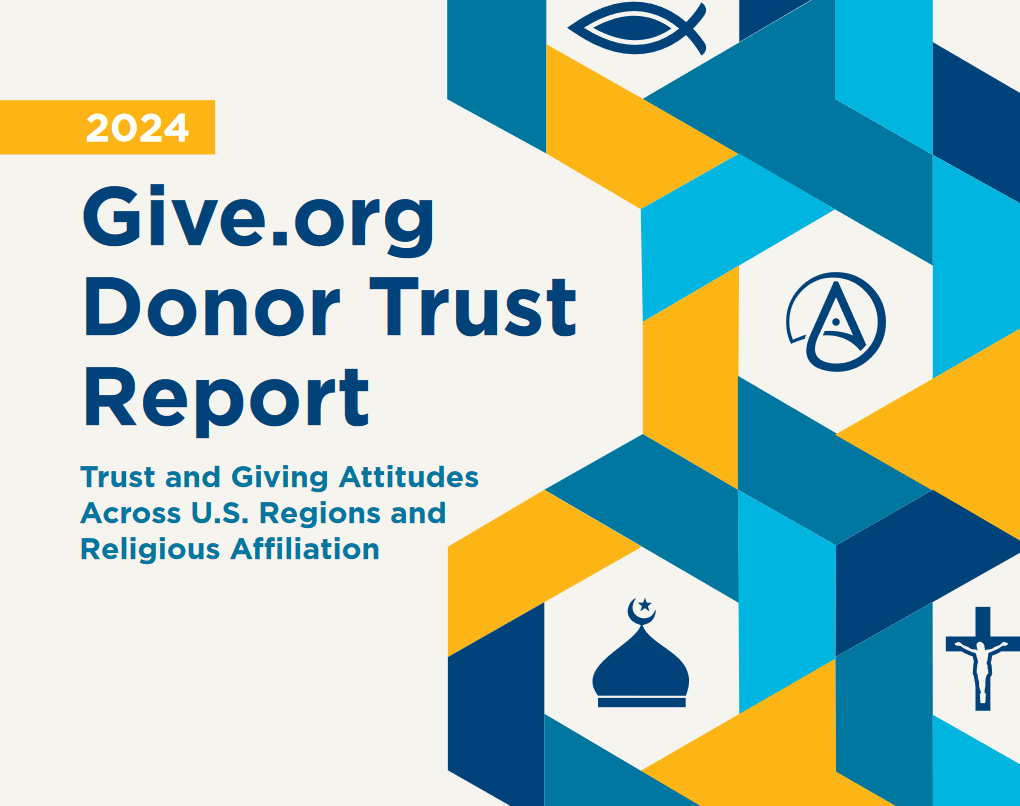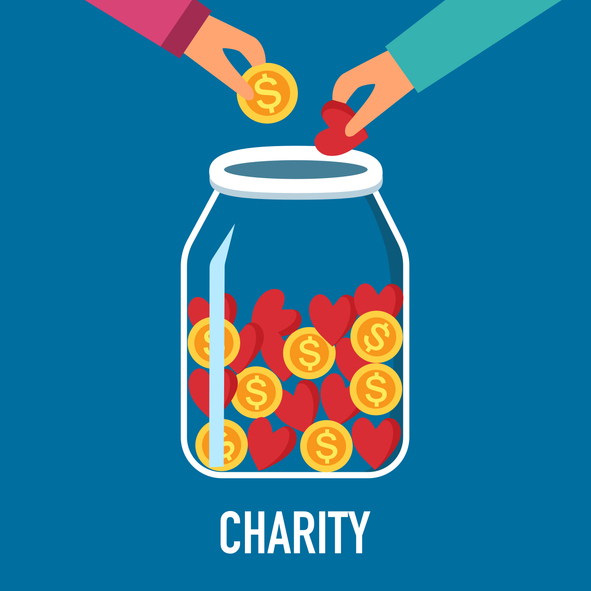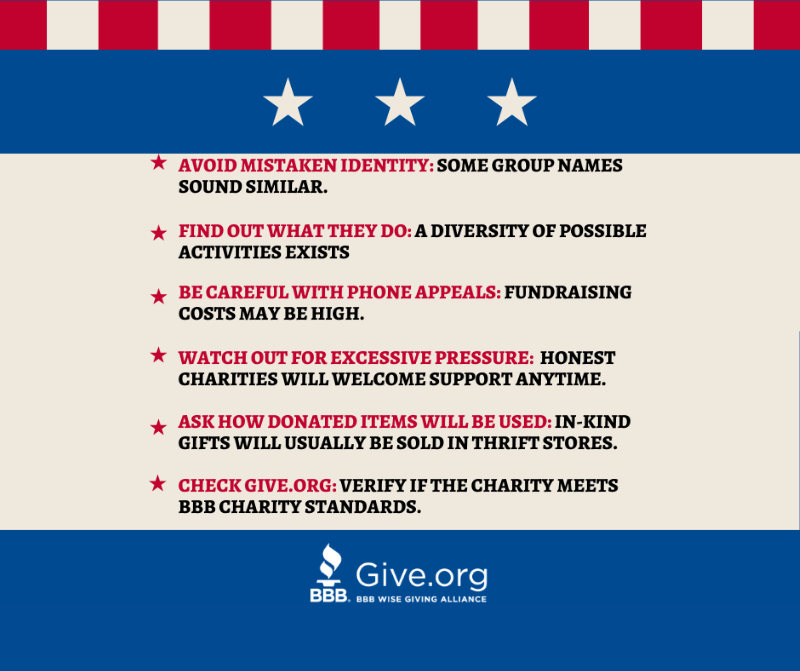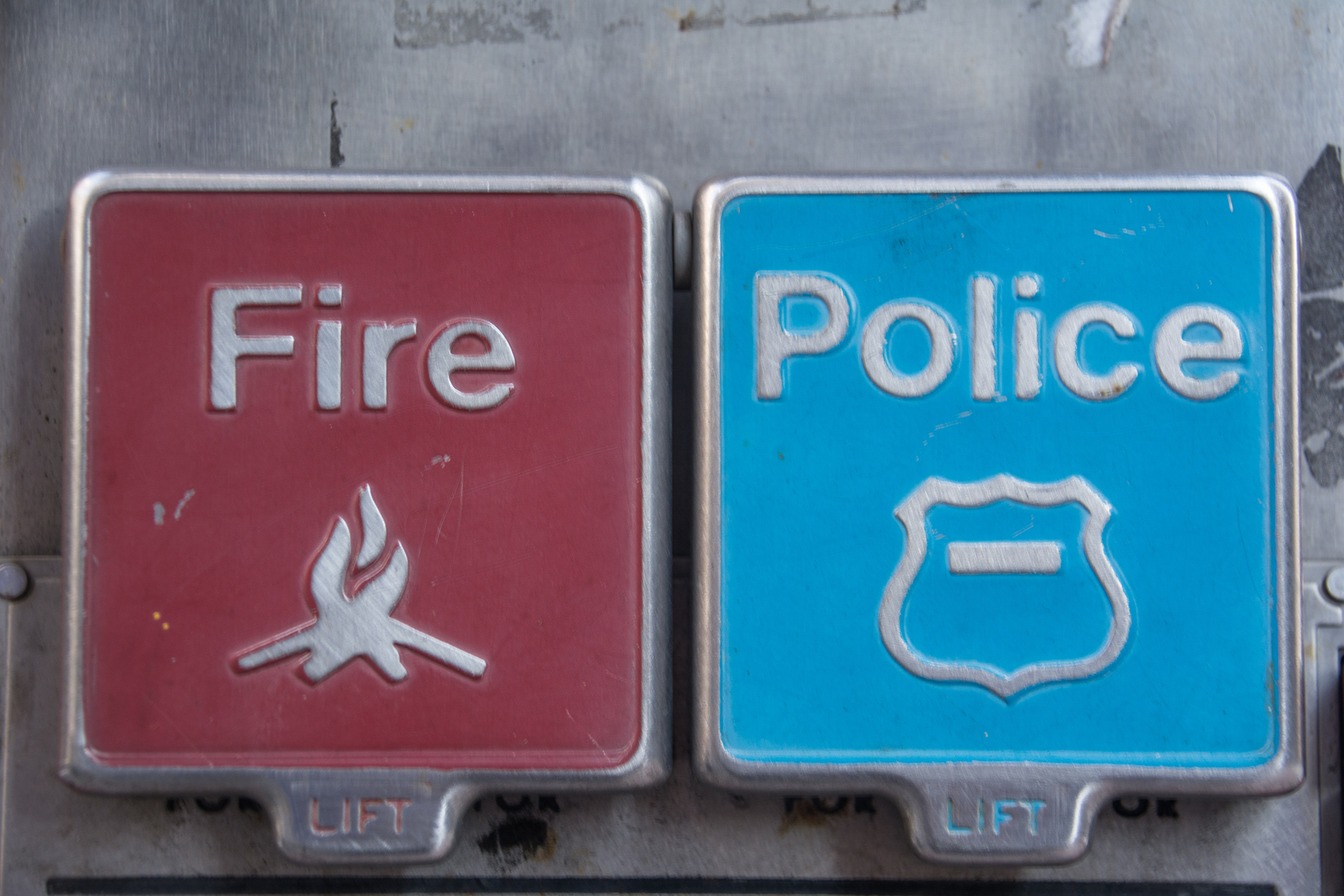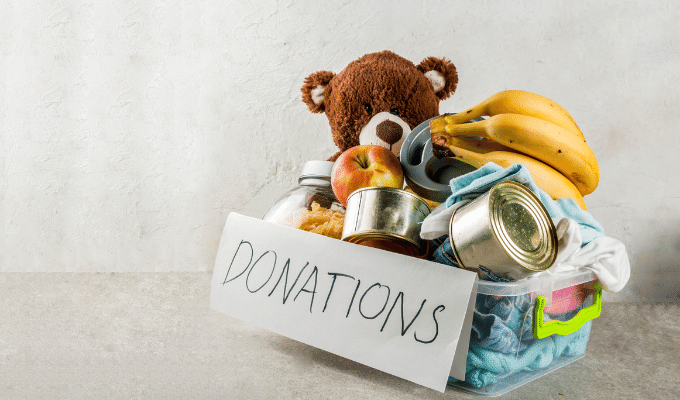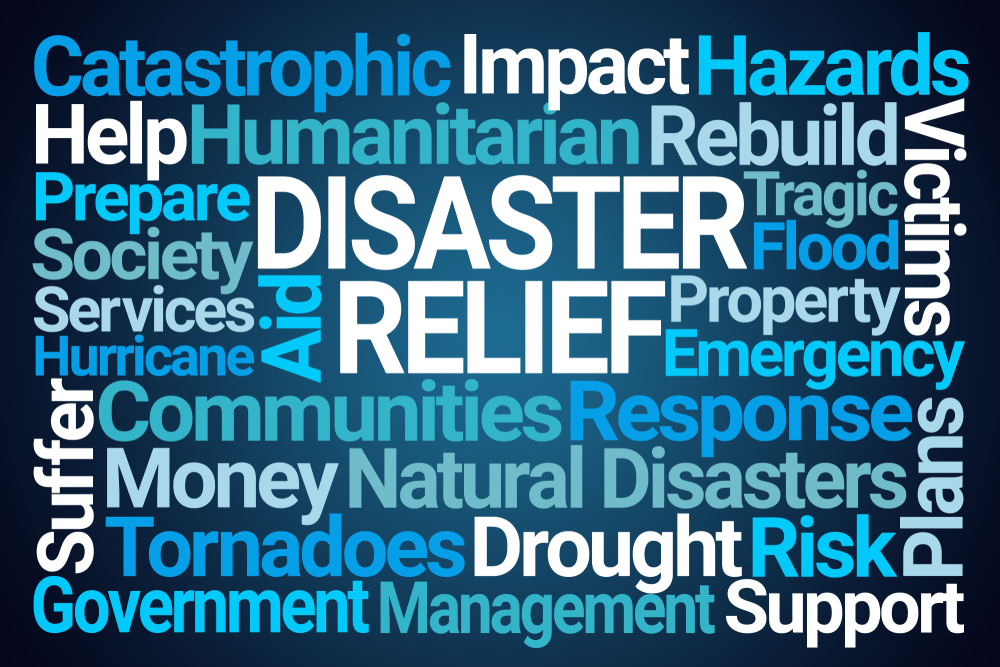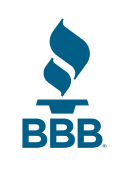Wise Giving Wednesday: Spring Cleaning? Here’s How to Donate Goods Wisely

Spring is here—and with it comes the urge to declutter. Learn to turn your spring cleaning into meaningful giving.
Why Spring Is a Great Time to Give
For those of us in the Northern Hemisphere, the first day of spring was March 20th. As we seek courage to clean our closets and consider making in-kind donations to charities of the things we don’t use or no longer fit, consider these tips to help avoid being disappointed in how these contributions are used.
Tips for Smarter Spring Donations
- Donate or discard? Don’t assume that charities will accept all second-hand items. Usually, they are looking for items in “good” condition. Ripped sweatshirts or torn pants will likely be rejected. If uncertain about what the charity will accept, contact them before making the gift.
- Should you use collection bins? Most metropolitan areas have a variety of collection bins scattered throughout the community that welcome donated clothing. Don’t assume all of them are connected to charity. Be wary of names you don’t know or are similar to ones you do. In some cases, a bin may belong to a for-profit company. Take the time to check out the charity name that appears on the bin with Give.org or BBB.org to verify if they meet the 20 BBB Standards for Charity Accountability.
- How will donated items be used? Don’t assume all donated used goods are distributed to the needy. Sometimes they end up in a charity thrift store to generate revenue for the organization. Or some may sell items to a third party to be converted into rag bond paper. Visit the charity’s website to find out how they intend to use donated clothing.
- What about collection trucks? Another possibility is that a charity may contact you by phone, email, or a flyer notice, and ask that you set out goods for collection on a specified date. If so, contact the charity to find out how they will benefit. In some instances, a third-party picks up the donated goods and the identified charity only gets a flat fee for each pick-up no matter what is included.
- How much is deductible? Some donors mistakenly believe the charity will assign values to the goods you donate. Actually, it is your responsibility to ensure that you are properly valuing these gifts. One potential reference is to visit a charity thrift store to identify the typical prices of similar items. For any non-cash contributions totaling over $500, you will need to complete and attach IRS Form 8283 to your next tax return. For more deductibility information, consult an accountant and/or go to: IRS Publication 526: Charitable Contributions.
Heart of Giving Podcast – Dan Porterfield, Robert Diggs & Markera Jones on Redefining Talent in Higher Education (Part 2)
This week’s Heart of Giving Podcast features Part 2 of a program that continues a conversation with Aspen Institute CEO and Former Franklin & Marshall College President - Dan Porterfield. He is joined by F&M alums Robert Diggs and Markera Jones, Ph.D., a clinical psychologist. They discuss the transformative power of higher education.
Explore Three of Our Latest Reports
We are always working with charities to publish or update reports for donors. Visit Give.org or local BBBs to check out any charity before giving. Our recently evaluated charities include:
Finally, remember to let us know by going to give.org/charity-inquiry if you are interested in seeing a report on a charity not on the list and we will do our best to produce one.



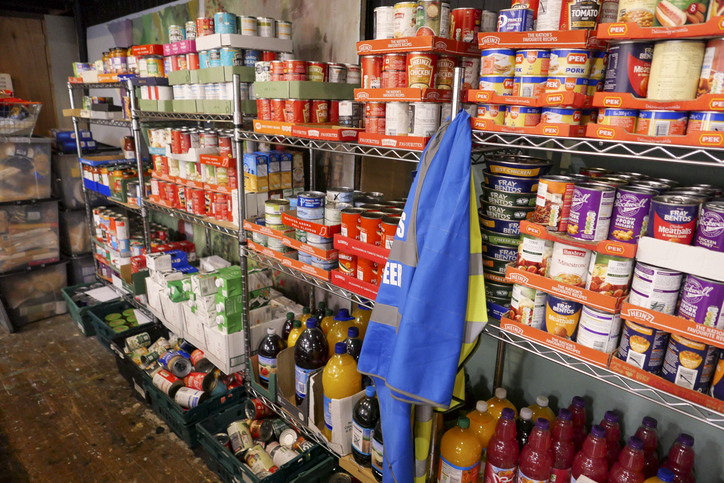







.jpg?sfvrsn=8073f1a5_0)


